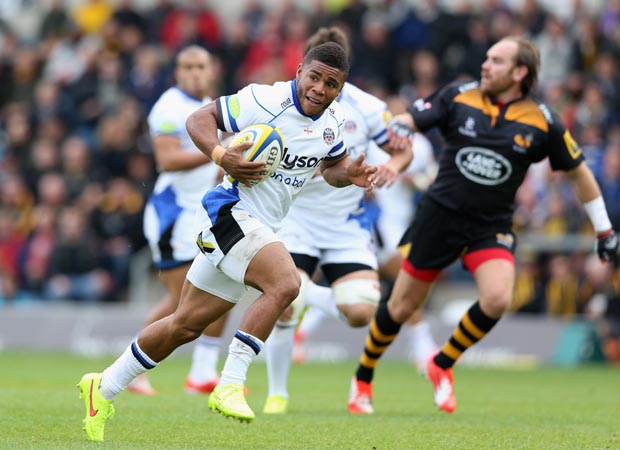 A year out from any World Cup the best sides are established and are ready to rock ‘n’ roll. Teams that are going to push to become strong world champion candidates have usually got their line-ups sorted, apart from maybe two or three positions. The reality is that World Cup contenders tinker in very few positions.
A year out from any World Cup the best sides are established and are ready to rock ‘n’ roll. Teams that are going to push to become strong world champion candidates have usually got their line-ups sorted, apart from maybe two or three positions. The reality is that World Cup contenders tinker in very few positions.
If you look at England’s 10–12–13 trio the jury is not unanimous about the best combination. Whether you talk to the pundits or the public it does not conclusively point to, say, Owen Farrell at 10, Billy Twelvetrees at 12, and Manu Tuilagi at 13.
To be honest, I’m also open-minded. In the Six Nations as a whole England performed well, and although the triumvirate of Farrell, Twelvetrees and Luther Burrell were not telepathic, they did the job.
Farrell made the plays, Twelvetrees was pretty solid, and Burrell scored the tries. They were sound in defence, too, and did not get carved up at any stage.
However, for Twelvetrees to keep the inside-centre shirt he needed to have man-of-the-match performances on a handful of occasions, but he didn’t really nail it. For instance, he didn’t have a game like Tuilagi did against New Zealand the autumn before last, or an international season like Mike Brown and Danny Care last time out.
Tuilagi made a difference when he came back in the centre on the summer tour of New Zealand. It’s also clear that the England coaches clearly want him in the side because they were willing to ditch a wing to get him into the second Test line-up after bringing back the Twelvetrees–Burrell combo.
Tuilagi is England’s No.13, but because to date Twelvetrees hasn’t set the world alight and become a senior pro in the backline, the 12 shirt is still up for grabs.
If form this season was the decisive factor then England would have to reintroduce Kyle Eastmond. He is the best distributor in the league at 12, his vision is exceptional, he has great off-the-mark pace. He just needs to be let loose.
The question-mark over Eastmond came in the third Test in New Zealand when the England defence in the first-half was all over the place. But, to me, it seemed less like the fault of one man and more the fault of a backline that did not seem to be operating as one.
On current form Eastmond is simply too good a player to leave out, but in the end the crucial factor is how well he fits into a midfield combination.
Of all the combinations Stuart Lancaster has picked so far the one we have not seen – and the one I would like to see most – is Farrell, Burrell at 12, and Tuilagi. If that combination of pace and power clicked then England could be flying, because two big fast men in the centre is difficult to counter. The only hitch is that Burrell’s distribution is not as good as that of Twelvetrees and Eastmond. However, what appeals to me is that if the route one Burrell– Tuilagi pairing was not working then you could introduce Eastmond as a distributor to unlock the door.
Eastmond deserves the same sort of consideration that Farrell had when he was first brought into the squad, and was chopping and changing with Toby Flood. It took him the best part of 18 months to get a run of games.
At the moment the best midfield trio in the Premiership happens to be English, and they are playing for Bath. George Ford, Eastmond and Jonathan Joseph is a very attacking ambitious trio that has been able to leave defences guessing. They suck a defender out of position and then if the Bath ball-carrier and the receiver are on the same wavelength the ball goes into space, and one of the three, or Semesa Rokoduguni, scores the try.
You could argue that the England coaches are spoilt for choice, but there is a complication. Most of those in contention are very different from each other, making it difficult to create a clear midfield structure.
New Zealand and South Africa do not have that problem. If Ma’a Nonu is injured then Malakai Fekitoa or Ryan Crotty comes in and does a similar job. With the Springboks there is not a whole lot of difference between Jean De Villiers, Jan Serfontein, JJ Engelbrecht or Damian De Allende. You cannot say the same at 12 for Twelvetrees, Eastmond, Brad Barritt or Burrell.
Another England combination that’s been mooted is a Ford 10, Farrell 12, Tuilagi 13 trio. In my view this goes back to the Jonny Wilkinson–Flood partnership. Where’s your power, your guile, your snap, crackle and pop? That Ford–Farrell pairing may have worked well at age group level, but if you haven’t got pace and power at 12 you need to have bionic rugby brains.
In the end, you have to ask whether if Farrell, Twelvetrees and Burrell had been given more games together on the summer tour that they would have progressed their Six Nations achievements.
My conclusion is that that trio, with Tuilagi and Burrell almost interchangeable at 13, is the one that has the most right to start the autumn series against New Zealand.
However, Ford is playing so well that he has to be given a run against Samoa because he needs to be integrated into the team now if he is the second choice fly-half. You also have to ask yourself how Eastmond does not make the starting line-up? But, then again, you also reflect on how Burrell made such a success last season of playing out of position for England at 13, when he plays 12 for his club. It is possible that neither will make the team against New Zealand.
It is a very hard selection issue. What we are all waiting for is players to make an unanswerable case to be an automatic selection.
*This article was first published in The Rugby Paper on October 19.


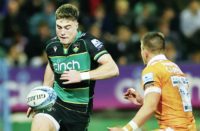
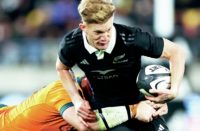
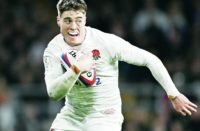










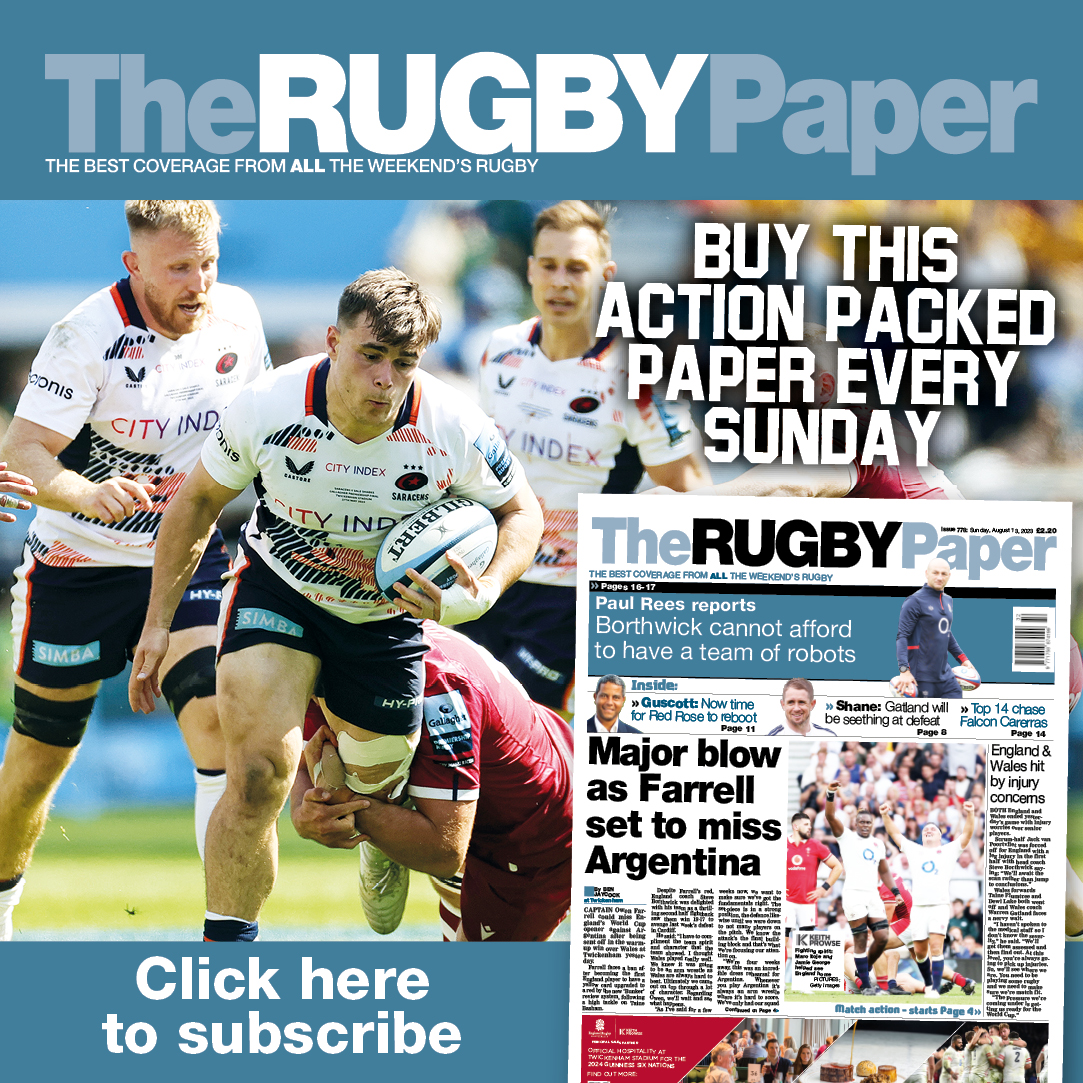









Pingback: nagaway สล็อต เว็บตรง
Pingback: หมูกระทะสายพาน
Pingback: Conventional Tank Water Heater Repair Plumbers Near Me